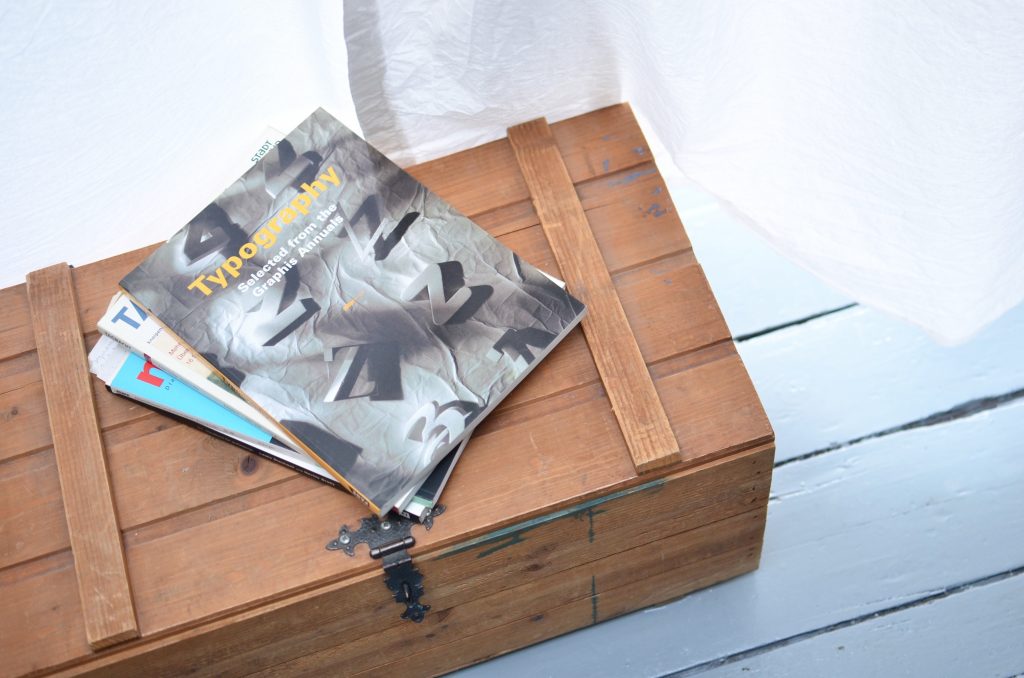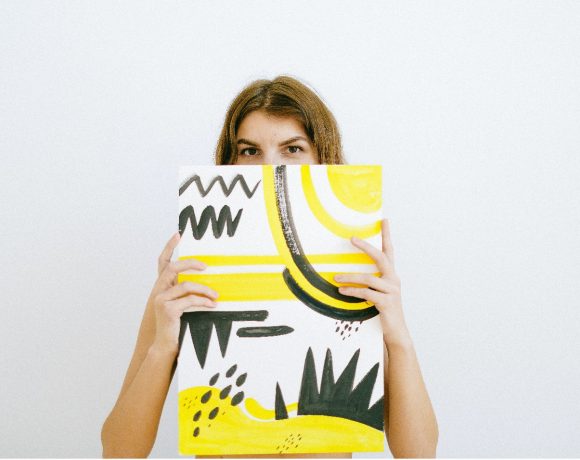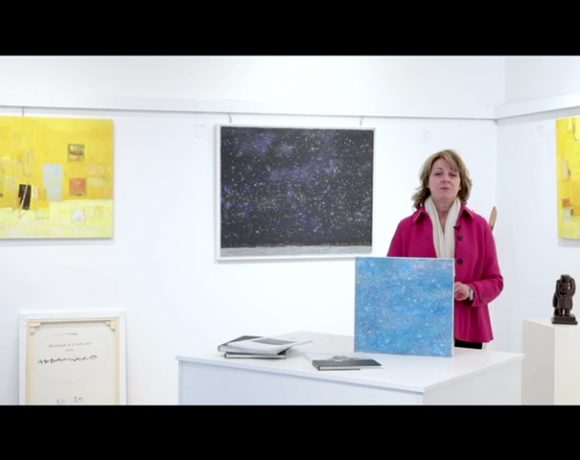A safe shipment of valuable art pieces is a scenario everyone desires. However, you should know that the whole shipping process largely depends on fine art packaging materials. Luckily, there are plenty of packing supplies out there. Different artwork pieces require different types of protection. So, regardless of whether the pieces you are transporting have insurance or not, this guide will inform you of everything you need to know.
THE DO’S AND DON’T ON FINE ART PACKAGING MATERIALS
Artwork packaging ensures protection and facilitates manipulation by considering its specifications and features. The packing supplies you choose for your art pieces vastly affect their safety. On the one hand, the choices are diverse. On the other hand, it’s easy to get overwhelmed and choose the wrong types of packaging under pressure.
To ensure you know what you’re doing, here’s a guide on what you should and shouldn’t do when it comes to fine art packaging materials.
ARTWORK PACKAGING SUPPLIES – THE DOS
- FOAM CORE
Foam board or foam core is a lightweight material that can easily be cut. It is regularly used for safe packing, shipping, and storage of valuable art pieces. Another good thing about foam core is that it’s available in different degrees of thickness. So as far as its availability is concerned, this is a type of material you can find at almost any craft or art supply store.
- ACID-FREE PAPER

Image via Pexels
Acid-free paper, which is PH neutral, is an absolute must-have for those dealing with art. It is even crucial if you want to protect your art from potential damage during moving and storage. Furthermore, acid-free paper is perfect for wrapping, as it doesn’t cause any chemical reactions with the art piece. A version of this paper every professional recommends is glassine. Besides being PH neutral, it is also air, water, and grease resistant.
- BUBBLE WRAP
This is one of the most popular packing materials. We are sure you’ve encountered it many times, as well as tried popping all the bubbles and keeping your fingers busy. Back to the serious side, this material is famous for a reason. It is cheap, lightweight, and provides efficient protection against damage. Firstly, bubble wrap cushions the artwork from impact, and secondly, it prevents movement.
- PACKING TAPE
When picking out the packing tape that will do the job, it’s essential to invest in a high-quality one. It would be good to consider whether it can ensure fully secured seams and protect packed items from moisture.
- CORNER PROTECTORS
All flat items have highly vulnerable corners. Thus, they require additional attention. To reduce the risk of warping or scoring, use corner protectors from foam or cardboard. The good news is they can be found in any art or moving supply store. Alternatively, you can make them yourself.

Image via Pexels
- CUSTOMIZED CRATES AS FINE ART PACKAGING MATERIALS
Crates are usually wooden containers used to ship delicate, large, heavy, and unevenly shaped art pieces. A customized crate can be built precisely to fit the specifications of the artwork you want to transport, and therefore, protect it.
Whether it’s a sculpture, a fragile item, or a massive painting, customized crates are always the best option.
ARTWORK PACKAGING SUPPLIES – THE DON’TS
- TRASHBAGS
First, you don’t want to make your art look like trash. This is especially true for those trying to get into a gallery or send their art to a reputable buyer. Second, this is a lousy option for insuring the safety of the art you’re trying to transport.
Make sure you only use materials intended for the shipment of art.
- TISSUE PAPER
Another bad idea is to use paper of non-archival quality. As we’ve mentioned before, you should only use PH-neutral and acid-free paper for packing art.
- REGULAR PACKING TAPE
Finally, using regular, low-quality packing tape can, unfortunately, result in the fine art being damaged.
THE ‘HOW TO’
Now that you know the best (and worst) artwork packaging materials, it’s time to learn how to handle different art pieces when packing them.
UNFRAMED PAINTINGS
To safely pack your unframed paintings, you should follow these steps.
- Use white cotton gloves to avoid touching the piece of art with your fingers.
- Wrap the art piece in acid-free paper and then wrap it with plastic (to protect it against moisture).
- If you don’t have corner protectors, you can make your own by folding the acid-free tissue paper into triangles with one side open.
- It would help to mount your wrapped piece of art to foam core or cardboard by taping only the corner protectors.
- Placing a few layers of cardboard on each side of the painting is an excellent way to protect it. Just don’t forget to tape the pieces together.
- Take two pieces of corrugated cardboard, place your art piece between them, and tape all the sides.
FRAMED PAINTINGS
- You can build a crate or find a box that fits the piece. First, however, you need to make sure there are three inches of space available on each side of the painting.
- Again, wrap your artwork in acid-free tissue paper.
- Then wrap the piece in bubble wrap, and ensure the corners have adequate coverage.
- Place a layer of foam or some other packaging material to create a layer your frame will sit on.
- Stuff all the open areas with packing material.

Image via Pexels
SCULPTURES
- Place bubble wrap twice around the upper part of the sculpture. At this point, only half of your sculpture needs to be wrapped, so cut off the rest and secure the loose ends with tape. Then, overlap the top of the bubble wrap and secure it with tape. This way, you will ensure the top of your sculpture is safe and protected.
- Wrap the bubble wrap twice around the bottom part. Overlap the bubble wrap in the middle slightly. Then cut it and secure it with tape down the side and around the middle where the two pieces of bubble wrap meet. Also, overlap the bottom, so it protects the sculpture.
- Fill in the box with shredded paper or packing peanuts. About 1/3 of the box should be filled. Then, make a hole in the middle. This is where you will put your sculpture. Finally, fill in the rest of the box.
PRO TIP: Don’t forget to use stickers that say ‘fragile’. This way, everyone will know those boxes require extra care.
THE TAKEAWAY FROM FINE ART PACKAGING MATERIALS
Fine art packaging materials are many. There are good and bad ones. As there’s a right way of maintaining your art collection, there’s a right way of packing and storing your art pieces. Make sure you refer to this article again when you start selling your art!
Author bio: George Simons has been working as a consultant for NYC Mini Storage. He specializes in the transportation, storage, and packing of fragile items, and valuable works of art. George has only recently discovered his passion for writing. Now, he likes to share his accumulated knowledge with art lovers around the globe.









NO COMMENT